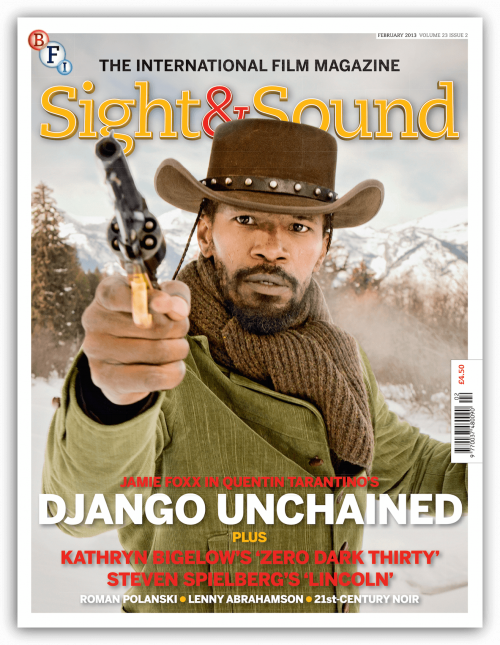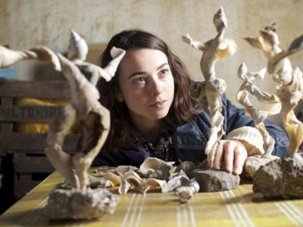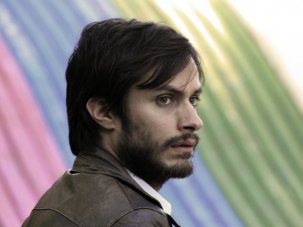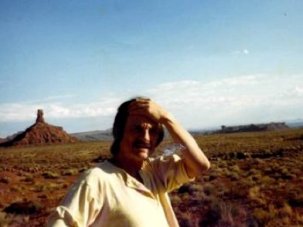from our February 2013 issue
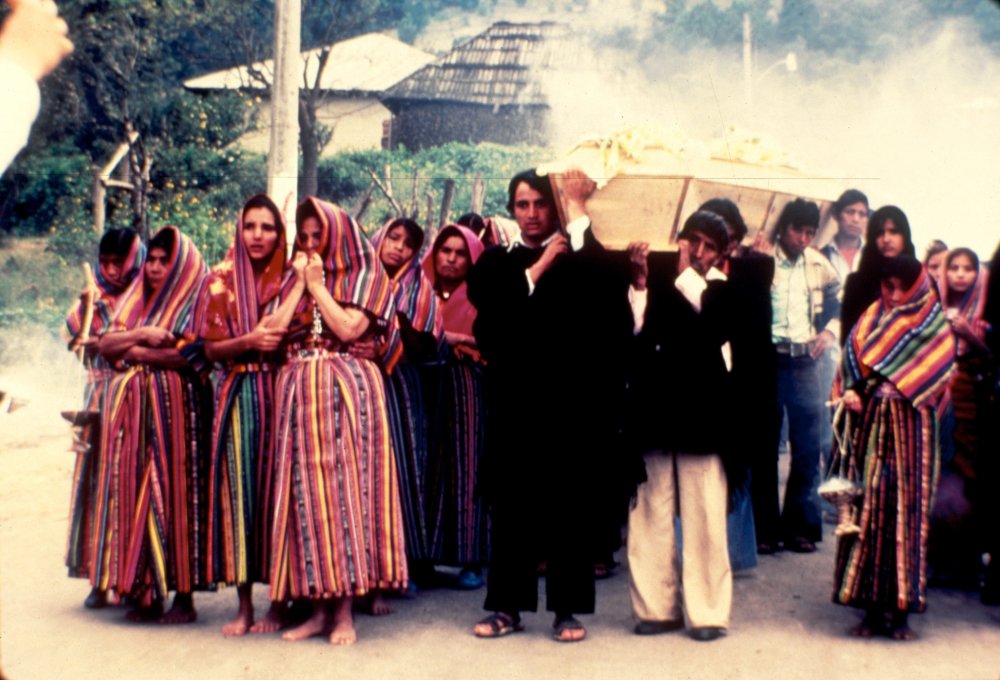
Heartbreaking: El Norte, Gregory Nava’s 1983 milestone film about the plight of Central Americans in the US.
On the night of the Day of the Dead, a ferryboat chugs across the inky expanse of Lake Pátzcuaro. On board are such cinema luminaries as Abbas Kiarostami, Sally Potter and Cannes boss Thierry Frémaux. Guests of the Morelia Film Festival for its tenth anniversary edition, we’ve just been ushered away from a shoreside restaurant for an all-night tour. Over the decade, Morelia has earned the reputation of being the most hospitable festival there is. Tonight, it’s given itself an especially intricate task: to take more than 70 guests to cemeteries dotted about the lake and its islands. To make matters tougher, members of the European contingent are all jet-lagged to gaga (myself included), having flown into Mexico City the night before and been travelling much of the day – albeit in luxurious style on a specially appointed Pullman train, the Kansas City Southern.
Dark clumps of vegetation pass on either side. I wonder if they’re garlands of the marigolds we’ve been seeing all day – the flower used to decorate the graves of the dead – but it turns out they’re water lilies. Dressed in orange life-jackets under harsh light, everyone looks pale and dazed. At first we seem to be heading for the pudding-shaped Island of Janitzo – brightly lit and surmounted by a giant statue of revolutionary priest José María Morelos – but then we pass it by. As the shoreline looms, the lilies mass around us. The boatman cuts his speed. A light flashes up ahead and we glimpse a man wearing a silver baseball cap and paddling a white canoe – an apparition from a Peter Doig painting. He seems to be guiding us. It’s a moment reminiscent of so many movie scenes where boats edge into darkness. And since this is Mexico, we can be forgiven for indulging our over-stimulated imaginations.
What greet us at the jetty, however, are children dancing – not for us, but for their families and friends. Soon we’re walking to the summit of a hill. The place is Arócutin; the church is boatlike, narrow at the bottom, wider at the ceiling, and the cemetery seems like an emptying out of the church’s insides, as marigolds, candlelight and incense smoke make everything orange. The graves are heaped with flower frames; they seem to float in pools of thick bright candles. The Purepecha people sit and stand among the graves, some in blankets and ponchos, the men wearing cream or white Stetsons, the children, in some cases, bedding down for the night. There are nearly as many onlookers as participants, but it does not spoil the mood, which is one neither of joy nor sadness but rather a collective embrace of memory. Jet-lag vanishes – we’re seeing something no other film festival can provide.
I’ve recalled that Arócutin trip here to show you what a tough act the Morelia festival sets itself to follow. I was there on the Mexican Feature Film jury, alongside UK producer Lynda Miles (The Commitments, The Van and The Snapper) and Argentine director Lisandro Alonso (Freedom, Los muertos, Fantasma and Liverpool). I’d been to Morelia once before, seven years back, and what impressed me then was its commitment to being a hub for all the ferment of small-scale cinema going on in Central America. It was also a well-sponsored festival; that trip remains the only time in my life I’ve seen two separate helicopters land on a lawn. Sensibly, Morelia has reined in some of its extravagance (though not enough to hurt) and they’ve developed their programme into a juicier feast of cinematic delights of all varieties.
Though jury duties, and other pressing events, prevented me from sampling as much of the issue-driven doc and short-fiction material, it remains Morelia’s bedrock, and the few programmes I took in at random were fascinating enough. The combination, for instance, of Gastón Adrade Juarez’s short The Tree – where we see the felling and eventual use for traditional reasons of an enormous tree trunk – with Pedro González Rubio’s Japanese-set documentary Inori, which portrays the lives of people left behind in a mountain village, was a perfect match. The fatalism that underwrites Joaquín del Paso and Jan Pawel Trzaska’s documentary Dream of San Juan, in which landslides threaten the continued existence of Mixteco people in Sierra Madre, was packaged aptly with Bruno Varela’s experimental vanished-person doc Estela and an inventively shot short Paal which followed Memo, a Mayan kid anxious to document his daily life.
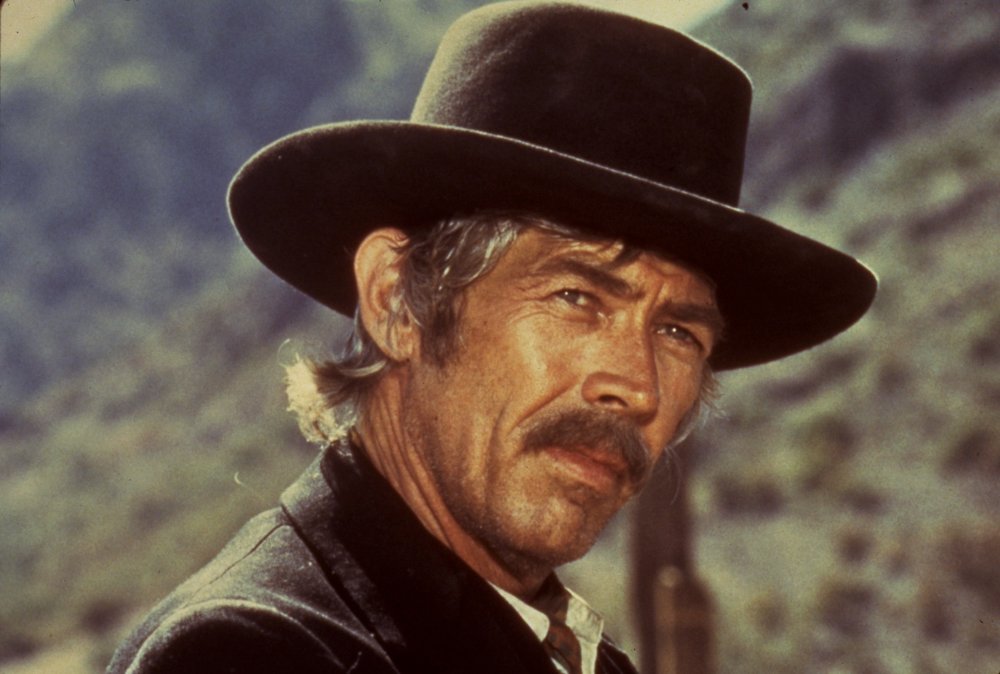
Pat Garrett & Billy the Kid (1973)
We began our Mexican feature duties the day after the opening night film, Pablo Larraín’s excellent No. Though it was not a vintage year, two films of the nine we watched stood out – and for very different reasons. We gave the prize to Natalia Beristain’s I Don’t Want to Sleep Alone (No quiero dormir sola), in which 33-year-old Amanda (Mariana Gaja) drifts between jobs and lovers until she discovers that her paternal grandmother Dolores (telenovela, movie and stage star Adriana Roel) – a once-famous actress she’s never been close to – is living in squalor as an alcoholic with early-stage Alzheimer’s disease. How the blossoming relationship between them will pan out isn’t in doubt, though there’s reluctance on both sides, Amanda’s actor father being (most of the time) a provocatively negligent absence. By helping Dolores as she begins to lose herself, however, Amanda firms up her own determination. It’s an interior film, with strong performances from Gaja and Roel, that brims with images of self-regard yet develops a dialogue that eventually dissolves Amanda’s insularity.
Halley, on the other hand – directed by gallery artist Sebastián Hofman and just selected for the Tiger competition in Rotterdam – relies entirely on disgust for its impact. Alberto (Alberto Trujillo), the security guard at a gym, is suffering from an undisclosed disease that causes his body to constantly decompose. The film is very precise in depicting the nauseating details of this corruption, which Alberto deals with stoically, if with understandable misery. That Lily (Lourdes Trueba), his female boss at the gym, takes a fancy to him, is, of course, an opportunity for poignancy as well as black humour, though for me there’s not enough of either to make it feel worthwhile at feature length.
In general, the Mexican features were prey to unfortunate tendencies: too much self-indulgent subject-matter involving the comfortably well-off and what we might call a National Geographic approach to cinematography – making everything look too perfect. There was a deal of other stimulation in which to find recompense, however. A screening of Pat Garrett & Billy the Kid was more moving and elegiac than I had expected, despite a print that had been in the wars, so I felt stupid not to have seen more of the Peckinpah retrospective.
I caught up with Gregory Nava’s heartbreaking El Norte (1983), a milestone film about the plight of Central Americans in the US, and had an uproarious time listening to Nava’s stories (he does the best John Wayne impersonation). Abbas Kiarostami’s absorbing masterclass (online here) required some patience from interviewer Geoff Andrew, because every one of his succinct questions got sidelined while Kiarostami gave the exhaustive context behind any possible answer – but that’s Kiarostami’s style.
From the intense documentary work in her fascinating show at the Whitechapel a couple of years ago, I had not expected the artist-photographer Sophie Calle to be so funny and self-mocking. In Morelia to support Sophie Calle, Untitled, a cogent, revealing documentary about her by Victoria Clay Mendoza, she was inspirational.
Another discovery for me was the short film work of Seyfollah Samadian, who co-directed 2001’s ABC Africa with Kiarostami. The shorts he showed – about trees, animals and queuing in the rain – were very much in the vein of early direct poetic films such as Joris Ivens’s Rain (1928).
Among the treats I did not get around to were retrospectives devoted to Henri-Georges Clouzot, Christian Petzold (all the prints had Spanish subtitles only) and a small tribute to Universal Pictures, but I did go and see Damsels in Distress again, not merely because Whit Stillman was omnipresent but also because the Spanish title Chicas en conflicto made it sound even more alluring.
What’s more difficult to pin down than what a festival shows is whether the mood was sympathetic and the right kind of exchanges were enabled. Morelia remains the very best I’ve experienced at creating that blend of the social and the cinephile. To be at a fairly intimate party where the major programmers of all the Cannes strands and the Berlin boss are present is rare indeed. But in Morelia anything seems possible, not least because the people who look after people work so incredibly hard. May it last many decades more.
And in the February 2013 issue of Sight & Sound
All change in the eternal city: Rome Film Festival 2012 report
Marco Müller’s tenure gets off to a triumphant start, showcasing works of bold fragmentation and transformation. By Simon Merle.
Beyond ghibli: Tokyo International Film Festival 2012 report
Japanese cinema’s international profile has declined in recent years. Did the capital’s festival offer any new breakthroughs, asks James Bell?




